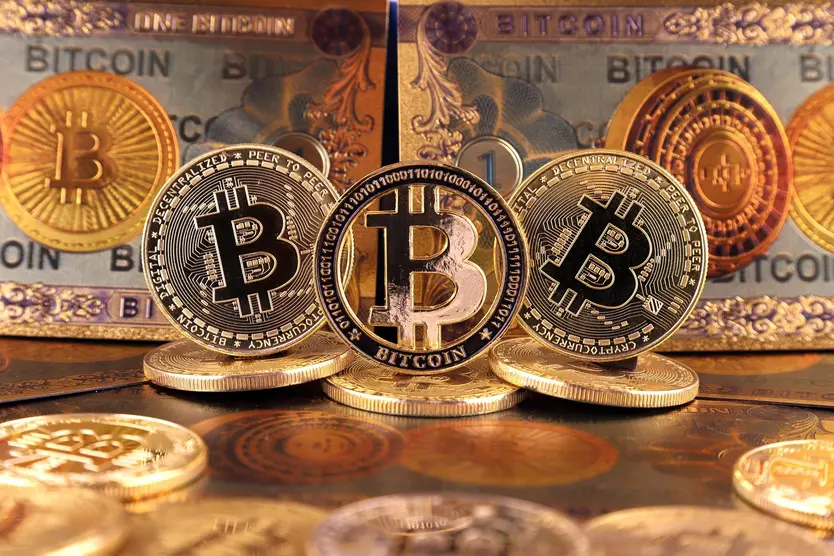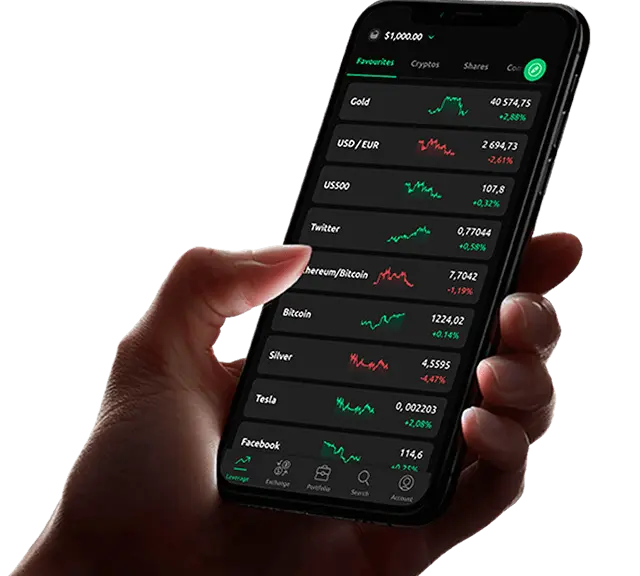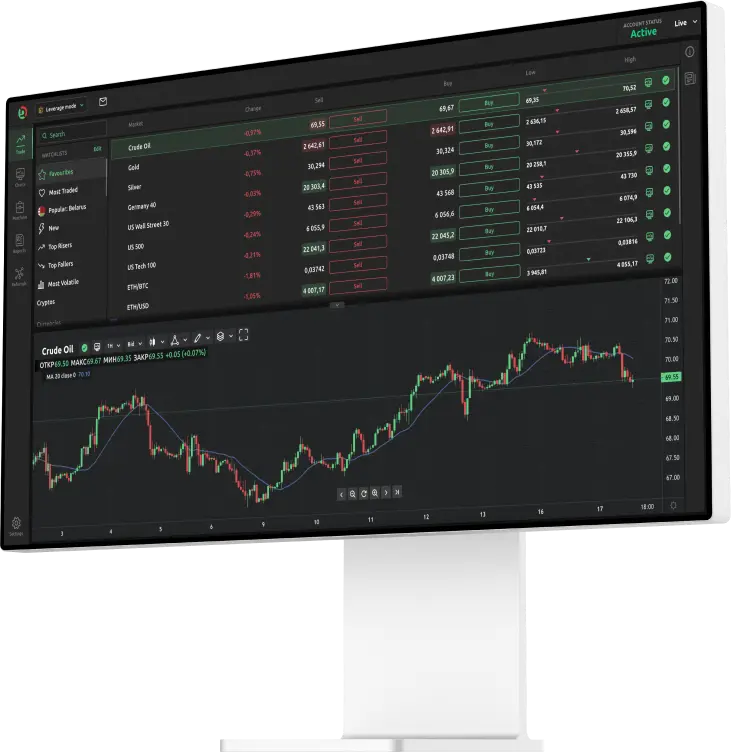They are best known in their online form, but there are such things as physical bitcoins

If you are reading this, the chances are you are interested in cryptocurrency. If that is the case, then you will know that, at its very simplest, a cryptocurrency is a virtual currency that only exists as data.
But if you want to have a physical representation of your digital assets, then there is a way of doing that – via physical cryptocurrency. This is a real-world token that usually has a code that can be redeemed for crypto. In this article, we will tell you about some of them, how they work and what happened to them.
The first thing to point out is that the vast majority of physical crypto coins are physical bitcoins. This is down to a number of reasons, but the most notable is that bitcoin is the biggest and oldest crypto. In fact, you could argue that for many people, bitcoin and cryptocurrency are interchangeable.
There is also the fact that, when a physical bitcoin was being minted, its rivals were not even in circulation. So, while there are some other denominations of physical crypto coins, most real-world crypto coins are in bitcoin.
Physical bitcoin: Casascius
One of the best-known physical cryptocurrencies is Casascius. Starting in 2011, bitcoin user Mike Caldwell minted a range of physical currency, containing a range of bitcoin (BTC) from a 0.5 BTC token and a 1 BTC brass coin to a 1,000 BTC gold-plated bar.
In order to cash in their bitcoin, purchasers would remove a holographic sticker to reveal a key to a crypto wallet with the amount of bitcoin in it. This process was called “unpeeling”.
However, in 2013 Caldwell closed down his business after being told by the US government that by minting coins, he was breaking the law. The US Financial Crimes Enforcement Network said Caldwell was operating as a de facto money transmitter and would need to register at a federal level. Rather than doing this, Caldwell, who had minted some 27,938 coins of varying value, stopped minting loaded coins.
Despite the closure, Casascius coins are still worth something. According to CasasciusTracker, the majority of minted Casascius tokens are still wrapped up.
As of 26 January 2022, over 48,600 have been redeemed, while 42,300 are still active. Even if we assume that all the active coins are worth 1 BTC, that would mean there is more than $1.19bn worth of bitcoin hanging around on the tokens.
Physical bitcoins: Worth more than they hold?
One of the many interesting things about physical bitcoins is their value. You would expect a material version of the crypto to be worth what the crypto is worth itself, but because of the comparative rarity and the collectability of the physical coin, it is often worth more. This is especially true if and when a range stops being minted.
For instance, in September 2021, a 2012 1 BTC Casascius coin, which had been peeled, was listed on eBay for $1,999.99. The item sold to a private bidder. While the actual sale price was not made public, it seems fair to assume that it could not have been too much below its listed value.
Meanwhile, a roll of 125 unloaded Casascius coins was available on eBay for $4,995. While the item had not been sold, the fact that the seller could list what is ultimately a set of worthless aluminium disks for such a high price says something about the numismatic value of the tokens.
Alitin Mint and other physical bitcoins
Although the Casascius collection is probably the best-known physical crypto, there are others.
For instance, Alitin Mint, based in Springfield, Missouri, made two coins. One featured economist Adam Smith and was loaded with 2 BTC, and the other featured Joan of Arc, and came loaded with 1 BTC.
A total of 600 coins of each kind, which were designed by sculptor John B Andelin, were minted in 2014. They retailed for 2.92 BTC and 1.45 BTC, respectively. What is notable here is the mark-up for the physical object. There is 46% for the larger-value token and 45% for the smaller one, which would represent around $170 extra on top of the $378 one bitcoin was worth in late 2014.
Just because the Alitin Mint coins were physical, though, did not mean that they were safe. On 26 February 2017, hackers broke through and stole the code from the coins. This was two years after the company had closed down, according to company co-founder Richard Forsyth, who said: “We are likely out of the physical bitcoin business for good at this point. It’s not easy to come back from such a devastating blow.”
Explaining why the company folded, Forsyth said: “We just didn’t sell enough coins, and the regulatory environment became more complicated and expensive than we anticipated”.
“Our original plan was to offer high-grade numismatic coins with Bitcoin codes attached in order to offer a secure product that at least partially bridged the gap between the less risk-averse and tech-savvy on one hand, and those who were interested in bitcoin, but balked at buying something entirely virtual. We thought it might help skeptics get into bitcoin by offering them something tangible for their purchases – something physical to hold on to – to give them an entry in to the bitcoin market.”
“We started out at the $80 BTC price, but things ballooned way out of control in BTC pricing, and this blasted our sales apart because our products were just too expensive too soon for most interested customers. Plus, compliance became so expensive and time-consuming that our business just naturally became insolvent.”
We contacted Forsyth to ask him if there were any developments in the investigation and what he was doing now, but did not receive a reply.
There are, or have been, a lot more physical bitcoins in circulation. These include: Titan bitcoin, Antana and Lealana, which also had a litecoin physical crypto.
In the Encyclopedia of Physical Bitcoins and Crypto-currencies, author Elias Ahonen lists 57 separate physical crypto manufacturers. It is entirely possible that there are more.
FAQs
According to the Encyclopedia of Physical Bitcoins and Crypto-currencies by Elias Ahonen, there are 57 separate kinds of physical crypto, most of which carry bitcoin. This number is very likely to have increased.
Holding physical bitcoin is, in and of itself, legal, providing you are in a place where it is legal to hold crypto. Nevertheless, manufacturing them may well fall foul of laws relating to money transmission, which might mean you have to register with the authorities.
It depends. If they have got bitcoin loaded onto them, then they are worth at least that amount of bitcoin. Even if they are empty, they could still be worth something because they may be of interest to coin collectors.
If you want to buy physical bitcoin, you can do so on a variety of online marketplaces. You will need to be careful that you are getting what you paid for.
You should also take note that you are buying cryptocurrency, which can be highly volatile. Remember that prices can go down as well as up, therefore you should do your own research and never invest more money than you can afford to lose.

